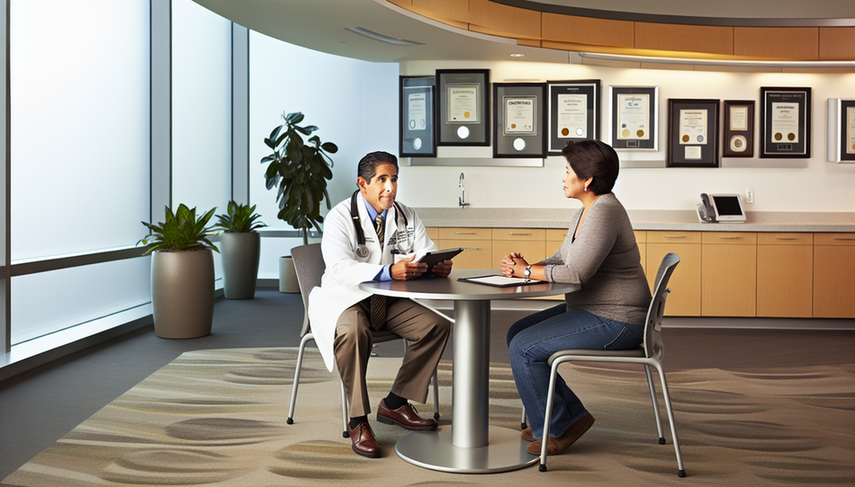Shared Decision-Making: A Modern Approach to Person-Centered Medicine and Patient Empowerment

In contemporary medical practice, shared decision-making (SDM) has become a fundamental pillar for achieving person-centered medicine. This approach not only promotes patient autonomy but also strengthens the therapeutic alliance between the physician and the patient, facilitating a process of patient empowerment that is essential for modern healthcare.
Diving Deeper into Shared Decision-Making
SDM is a collaborative process that involves both the patient and the physician in making treatment decisions, considering the available options, the benefits and risks of each, and the patient's preferences and values. This approach has been shown to improve communication between the patient and the physician, as well as increase satisfaction for both parties with the care received [1]. In conditions such as overactive bladder, where treatment decisions are highly sensitive to preferences, SDM is particularly beneficial [2].
A practical model for implementing SDM in clinical practice includes three steps: introducing the choice, describing the options, and helping the patient explore their preferences to make informed decisions [3]. This model not only respects what matters most to the patient but also fosters a care context that supports patient autonomy.
Conclusions
The implementation of SDM in daily clinical practice remains a challenge, but it is essential for advancing towards truly patient-centered care. Despite obstacles such as the lack of decision support tools and the need for ongoing training for healthcare professionals, the benefits of SDM are clear. It promotes more personalized and respectful care, where the patient feels valued and empowered to actively participate in their own care [4].
Referencias
- [1] Shared decision making and physical therapy: What, when, how, and why?
- [2] Delivering patient-centered care through shared decision making in overactive bladder
- [3] Shared decision making: a model for clinical practice
- [4] Shared decision making, patient-centered communication and patient satisfaction - A cross-sectional analysis
Created 13/1/2025
